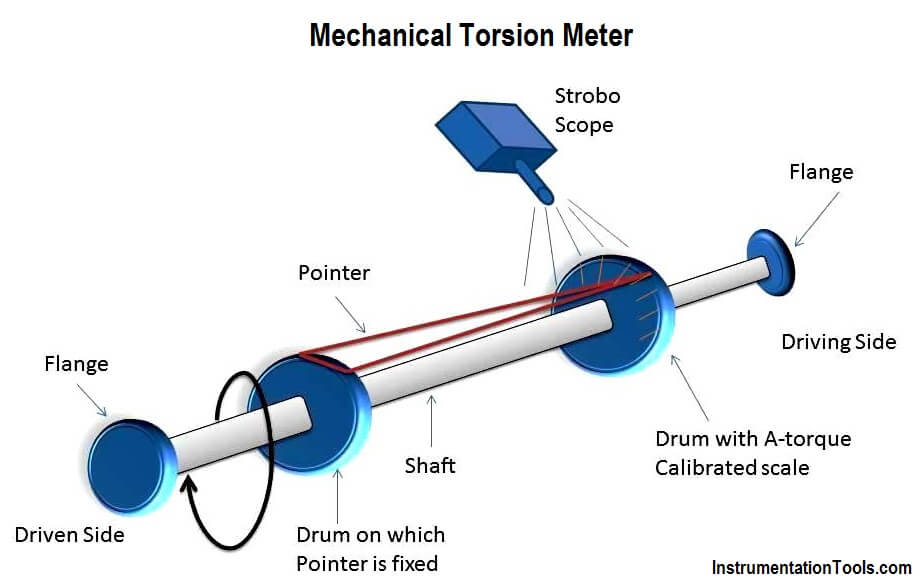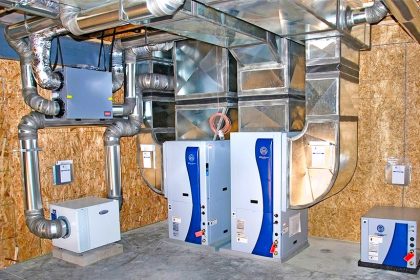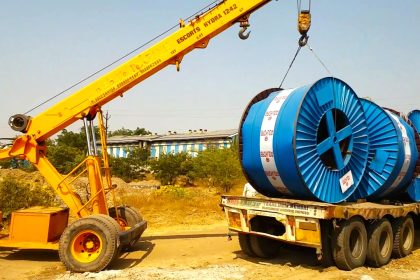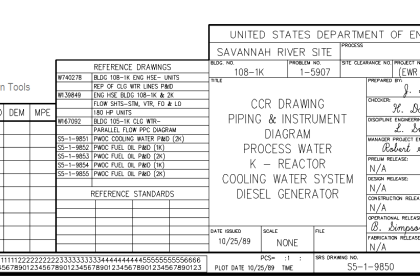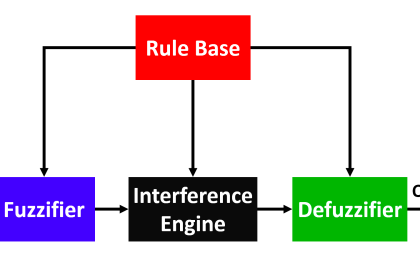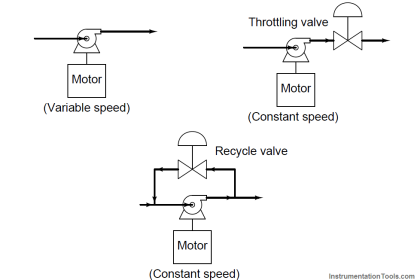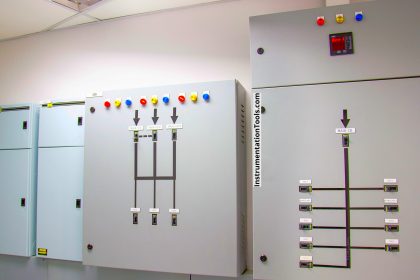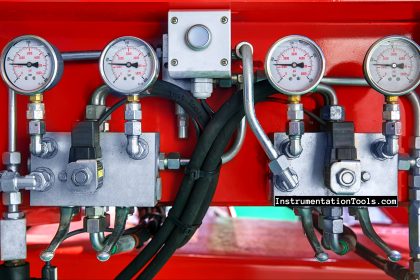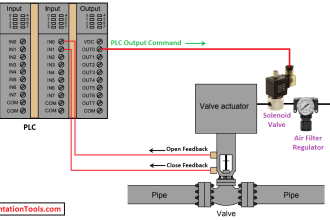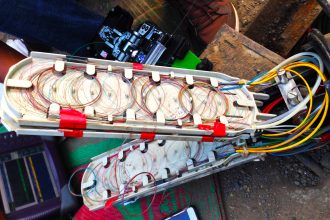Mechanical torsion meter is used to measure torque developed by a machine.
Principle of mechanical torsion meter
When a shaft is connected between a driving engine and driven load, a twist (angular displacement) occurs on the shaft between its ends. This angle of twist is measured and calibrated in terms of torque.
Construction of mechanical torsion meter
The main parts of the mechanical torsion meter are as follows:
- A shaft which has two drums and two flanges mounted on its ends as shown in the diagram.
- One drum carries a pointer and other drum has a torque calibrated scale.
- A stroboscope is used to take readings on a rotating shaft.
Operation of mechanical torsion meter:
- One end of the shaft of the torsion meter is connected to the driving engine and its other end to the driven load.
- An angle of twist is experienced by the shaft along its length between the two flanges which is proportional to the torque applied to the shaft.
- A measure of this angle of twist becomes a measure of torque when calibrated.
- The angular twist caused is observed on the torque calibrated scale corresponding to the position of the pointer. As the scale on the drum is rotating, reading cannot be taken directly. Hence a stroboscope is used. The stroboscope’s flashing light is made to fall on the scale and the flashing frequency is adjusted till a stationary image is obtained. Then the scale reading is noted.
Application of mechanical torsion meter
- Simple and inexpensive method
- Power of shaft can be calculated (flashing frequency gives information about speed).
Limitation of mechanical torsion meter
- Poor accuracy due to small displacement of the pointer.
- Sensitivity is reduced even due to small variation in speed.
- It can be used only on shafts rotating at a constant speed.
